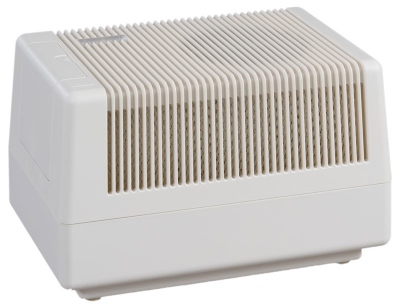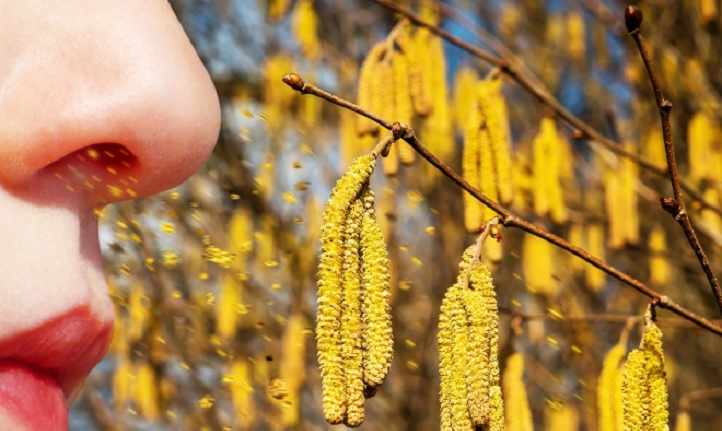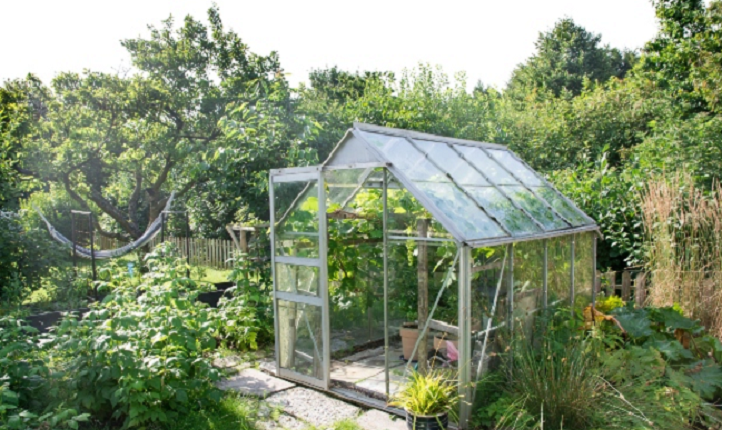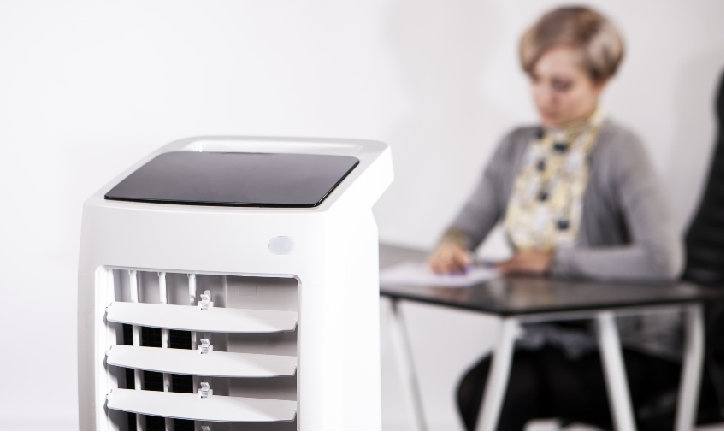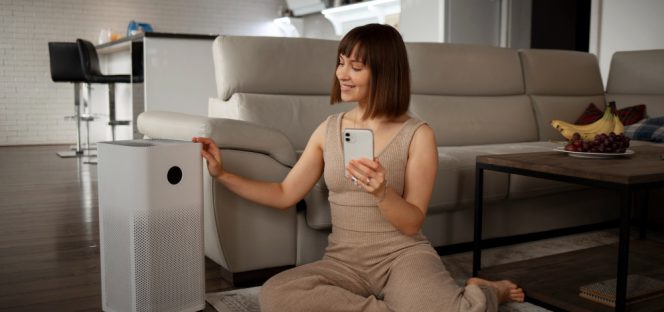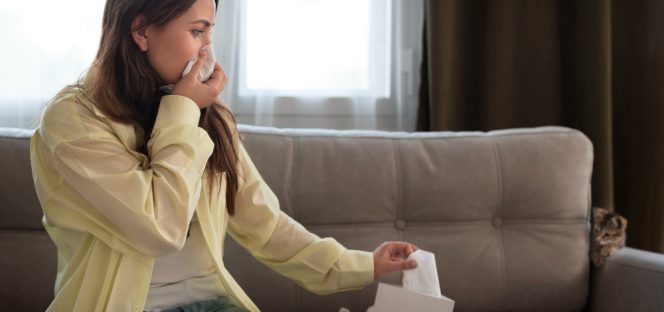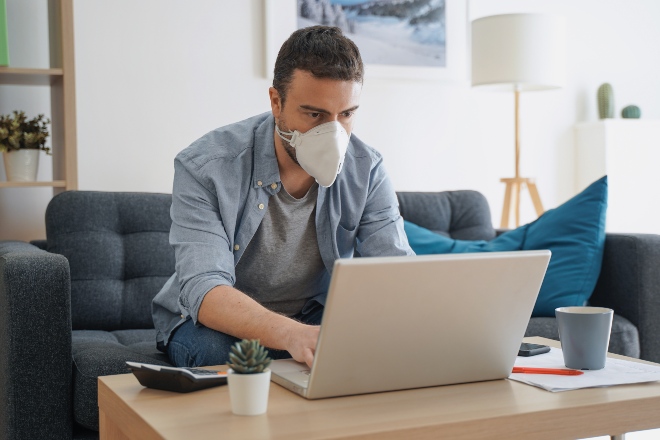 © Paolese - stock.adobe.com
© Paolese - stock.adobe.com
Warum die Virenkonzentration bei zu trockener Raumluft zunimmt
Last updated on September 23rd, 2024 at 08:08 am
Der Winter gilt als die Zeit der Infektionskrankheiten. Das liegt auch daran, dass die Konzentration von Viren in geschlossenen Räumen oft zunimmt. Zu trockene Luft begünstigt dies und ist daher eine der Ursachen, ebenso wie unregelmäßiges Lüften. Wer das Krankheitsrisiko verringern will, sollte für ausreichend Feuchtigkeit und Luftaustausch sorgen. Nach Angaben der Institute for Tropospheric Research (TROPOS) in Leipzig, this also applies to the coronavirus 1 . Aber warum ist das so?
Viren verbreiten sich über die Luft
Viren werden auf unterschiedliche Weise verbreitet. Einer der Übertragungswege ist die sogenannte Schmierinfektion. Zum Beispiel berührt jemand seine Nase mit der Hand und wischt Nasensekrete ab, die das Virus enthalten. Anschließend berührt er mit der Hand eine Türklinke und überträgt das Virus dorthin. Eine andere Person berührt die Türklinke ebenfalls mit der Hand und berührt dann ihre Lippen oder Nase. Auf diese Weise stecken sie sich an. Um dies zu verhindern, wird im Kampf gegen das Coronavirus großer Wert auf desinfizierte Oberflächen (nicht nur) gelegt.
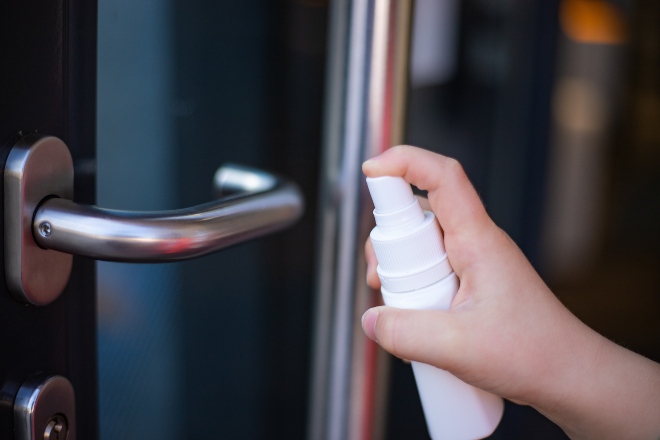
Die Tröpfcheninfektion ist eine mindestens ebenso wichtige Methode der Übertragung. Sie funktioniert bei größeren Viren über eine kurze Distanz. Jemand niest. Das bedeutet, dass winzige Tröpfchen, die den Erreger enthalten, von der niesenden Person auf eine andere Person übertragen werden können. Die Person, auf die geniest wird, merkt es oft gar nicht, aber sie infiziert sich. Um dies beim Coronavirus zu vermeiden, gelten Regeln wie das Erfordernis, in die Armbeuge zu niesen, und das Gebot, Abstand zu halten. Tröpfchen mit Krankheitserregern fliegen auf diese Weise nicht viel weiter als einen Meter. Bei kleineren Viren können jedoch sogenannte Aerosole ins Spiel kommen.

Ein weiterer Übertragungsweg: Aerosole in der Luft
Aerosole sind eine weitere Möglichkeit zur Übertragung von Viren. Sie sind ebenfalls virushaltige Tröpfchen, d. h. eine Mischung aus flüssigen und festen Bestandteilen. Aerosole sind jedoch viel kleiner als die Tröpfchen, die beim Niesen über eine kurze Distanz übertragen werden. Sie können daher eine Zeit lang in der Luft schweben und im schlimmsten Fall eine dauerhaft hohe Konzentration von Viren im Raum verursachen. Wegen dieser Eigenschaft werden sie als Aerosole bezeichnet.
Aerosole können offenbar auch das Coronavirus übertragen 2 . In einer Studie von zwei US-Universitäten und den National Institutes of Health im USA, überlebte das Virus in Aerosolen bis zu drei Stunden 3 . Es kann daher notwendig sein, Strategien zur Abwehr von Covid-19 in Aerosolen zu entwickeln. Dies trifft im Winter oft noch mehr zu als im Sommer. Ein wichtiger Grund dafür ist die trockene, erwärmte Luft im Winter, die für eine steigende Viruslast in der Luft mitverantwortlich sein kann. Die Viruslast ist die Konzentration der Viren in der Raumluft.

Trockene Raumluft erhöht die Viruskonzentration
Im Winter ist die Luft in Innenräumen oft sehr trocken, auch bekannt als Heizungsluft. Dies kann die Aerosolkonzentration und damit die Viruskonzentration in der Luft deutlich erhöhen. Der Grund dafür liegt auf der Hand: In feuchter Raumluft sind die Aerosole aufgrund der hohen Luftfeuchtigkeit mit Wasser angereichert. Dadurch werden sie schwerer und sinken schneller zu Boden. Dadurch sinkt die Aerosolkonzentration im Raum und damit das Risiko, die Viren einzuatmen. In trockener Luft trocknen die feinsten Tröpfchen schneller aus, was aber den Nachteil, dass sie länger schweben, nicht vollständig ausgleicht.
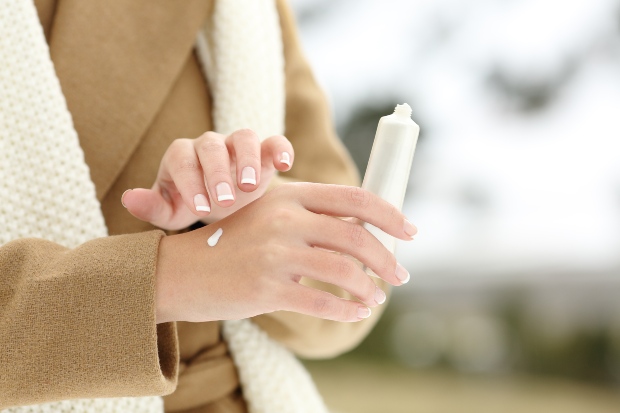
Auch die Luftfeuchtigkeit könnte eine Rolle bei der Ausbreitung von Covid-19 spielen. Das geht zumindest aus einer Analyse von zehn internationalen Studien hervor, die vom Leibniz-Institut für Troposphärenforschung (TROPOS) in Leipzig und dem CSIR National Physical Laboratory in Neu Delhi durchgeführt wurden. Diese Wissenschaftlerteams wiesen auch auf den Effekt hin, dass die Virenkonzentration in feuchter Innenraumluft möglicherweise reduziert werden kann, da die Schwebeteilchen schneller absinken. Darüber hinaus betont das TROPOS, dass auch andere Faktoren wie frische Außenluft das Risiko einer Übertragung verringern.
Hohe Viruskonzentration reduzieren: Luftfeuchtigkeit erhöhen!
Der TOPOS-Ratgeber zeigt bereits den Weg auf, der zur Verringerung der Virenkonzentration in Innenräumen eingeschlagen werden sollte: für Luftaustausch sorgen und die Luftfeuchtigkeit erhöhen. Zimmerpflanzen, Aquarien oder trocknende Wäsche können die Luftfeuchtigkeit erhöhen, aber auch kleine Luftbefeuchter, die an die Heizung gehängt werden können. Noch effektiver sind elektrische Luftbefeuchter. Kleine Modelle wie der B 120 oder B 125 von Brune reichen für den privaten Bereich aus.
Geht es jedoch um die Befeuchtung trockener Luft in Großraumbüros, Bibliotheken, Museen oder großen Industrieanlagen, sind leistungsstärkere Modelle gefragt. Hierfür eignen sich die Brune-Geräte B 250 oder B 500 Professional. Beide Befeuchter können auch mit UV-Desinfektion ausgestattet werden. Beide Geräte können im Automatikbetrieb laufen und starten automatisch, sobald die Luftfeuchtigkeit unter einen bestimmten Grenzwert fällt. Steigt die Luftfeuchtigkeit wieder über den Mindestwert, schalten sich die Geräte ab.
Der Luftaustausch muss ausreichend häufig sein
Da Frischluft für die Verringerung der Viruskonzentration wichtig ist, muss für einen ausreichenden Luftaustausch gesorgt werden. Dieser sorgt dafür, dass belastete Raumluft durch frische Luft ersetzt wird. In modernen und besonders luftdichten Neubauten sowie in umfangreich sanierten Gebäuden sorgen Lüftungskonzepte dafür, dass dieser Luftaustausch gewährleistet ist. Die Konzepte setzen teilweise auf technische Lösungen. Aber auch hier wird die manuelle Fensterlüftung nicht unbedingt vollständig ersetzt.
Für die Fensterlüftung gelten die klassischen Tipps:
- In den Wintermonaten sollten Sie drei- bis viermal am Tag kurz lüften, bevor Sie die Heizung herunterdrehen.
- Von Dezember bis Februar sollte jeder Lüftungszyklus etwa fünf Minuten dauern.
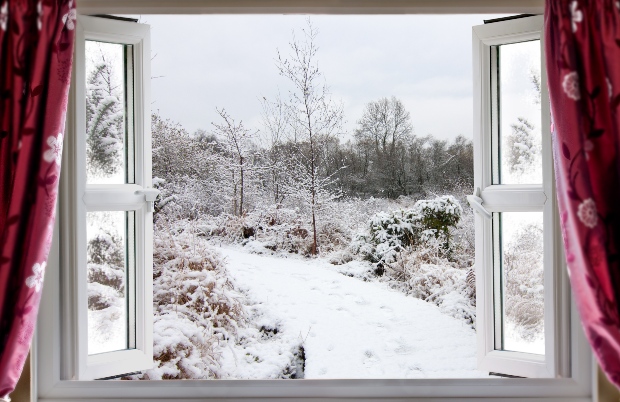
Wenn Sie sowohl auf den Luftaustausch als auch auf eine ausreichend hohe Luftfeuchtigkeit achten, haben Sie eine gute Grundlage, um das Risiko einer hohen Viruskonzentration in Innenräumen zu verringern.

